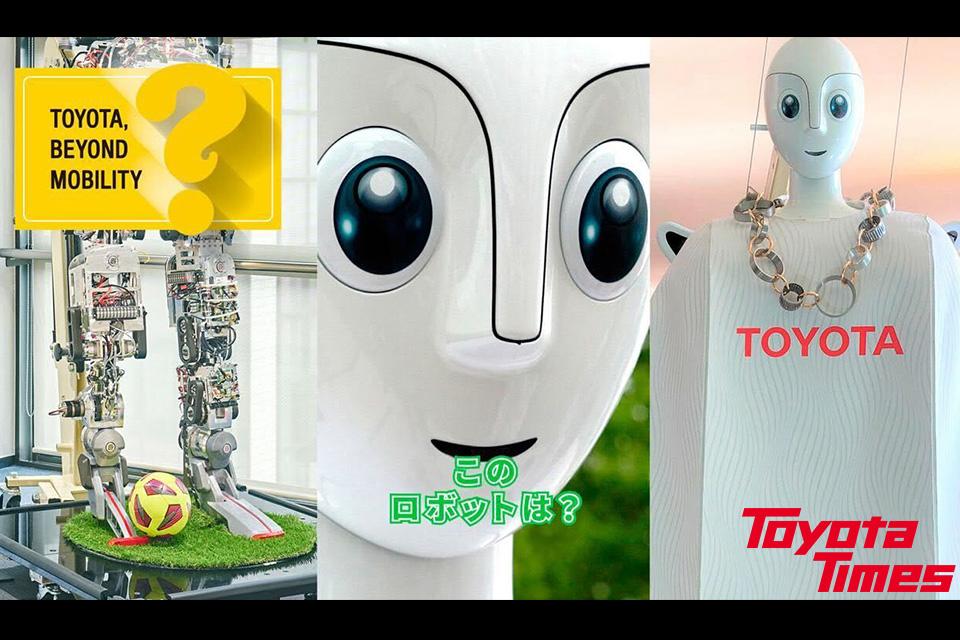
This series showcases Toyota's research in non-automotive fields, and this time, a soccer robot stuns former members of Japan's national team!

At the 2022 FIFA World Cup, Japan’s national soccer team was sadly knocked out in a penalty shootout. Even as this unfolded, an incredible secret weapon was being created at Toyota.
Its name is PIXI. It is the world’s first hydrogen-powered autonomous soccer robot and a sharpshooter from the penalty spot.
“Better than me” laments former national player
Let’s set aside the question of why Toyota is making a soccer robot for now and see what it can do.
“Aiming penalty kicks precisely is difficult, even for the pros. He’s better than me!” comments Satoshi Tsunami, a former member of Japan’s national squad.
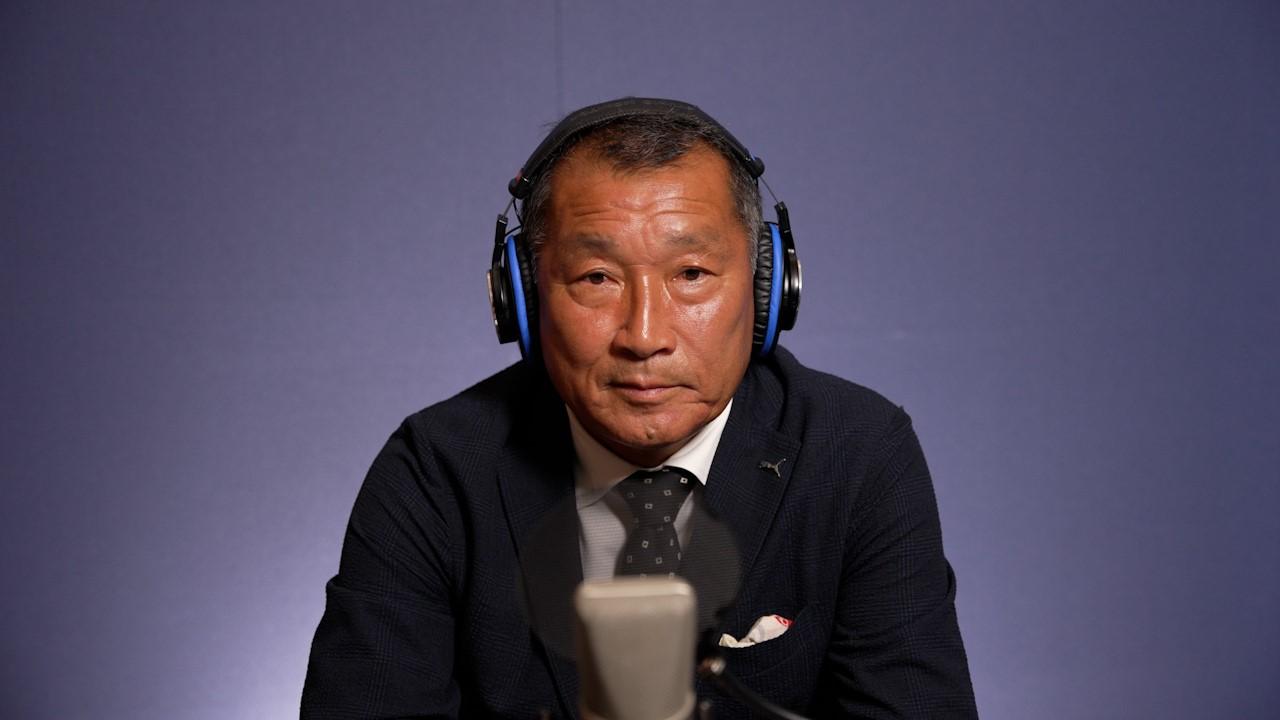
Using the toes to aim for the upper corners, he says, is particularly difficult. The PIXI robot can do so while unleashing powerful shots of up to 85 km/h.
Seeing as the average college-level player hits around 80 km/h, Tsunami was impressed. “That’s pretty fast! It’s not just about pure strength but transferring power from the upper body to the lower body. Still, I don’t want a robot taking my place in a penalty shootout,” he said with a smile.
Shedding light on a vast engineering collective
So, why exactly did Toyota build a soccer robot?
The project was undertaken by members of the Toyota Engineering Society (TES), a group that gets more mystifying the more you learn about them...
Yuki Murai, Assistant Manager,
Vehicle Manufacturing Engineering Div.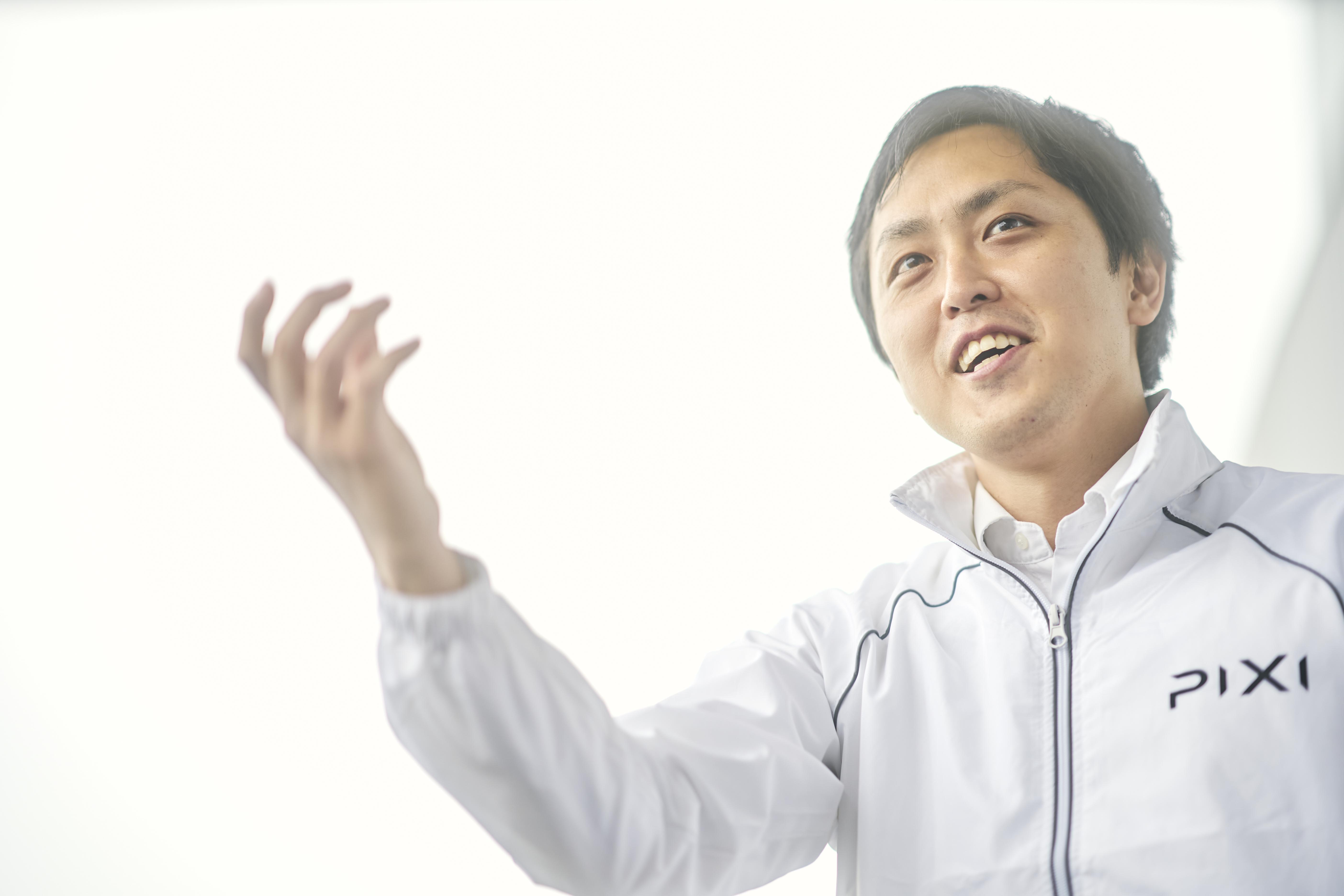
The Toyota Engineering Society started in 1947 and brings together ambitious members with a desire to take on new challenges and improve their technical skills.
Born during the hardships of the postwar era, the group set out to try anything and everything to uncover new technologies. For more than half a century, we have continued to work as a bottom-up organization, not from the top down.
TES is surprisingly not a department within the company, but a team of volunteers. At the same time, it also differs greatly from regular volunteer groups.
Headed by Vice President Nakajima, TES counts a staggering 28,000 Toyota employees as members. Full-time members are allocated development funds and research facilities by the company, and their job is to run projects aimed at improving technology, skills, and knowledge.
They also share the lessons and achievements from their endeavors to hopefully change the awareness of all TES members.
Alongside this individual growth, the company also backed the creation of an environment that spurs innovation.
The research had mainly been related to cars, including a solar car project. In 2017, however, the tide turned dramatically.
Atsuhiro Ide, Assistant Manager,
Motor Unit Development Div.

With the Toyota Engineering Society reaching its milestone 70th anniversary, then-Chairman Uchiyamada called on us to create something different, which led to our AI-driven basketball robot.
This was followed by a fish robot for collecting marine garbage, and other projects.

The group certainly seems to come up with some unconventional creations. Murai explains.
Murai
Our research has two goals:
To improve our technical capabilities by tackling new fields, and to ignite the monozukuri spirit in members who see these efforts.
If we can’t spark the interest of others, it’s nothing more than a self-indulgent exercise. That’s why for this project we chose soccer, which is enjoyed by people of all ages and backgrounds.
They ended up rejecting some 100 proposals before settling on the soccer robot, among them a self-riding bicycle and a yabusame (horseback archery) centaur robot. The stuff of grade school summer projects, these ideas hint at the group’s unalloyed enjoyment of monozukuri.
A team of first-timers
Unfortunately, a difficult road lay ahead. No one on the project team had the slightest experience in robot development.
Takeru Miki, Group Manager,
TC Vehicle Evaluation & Engineering Div.
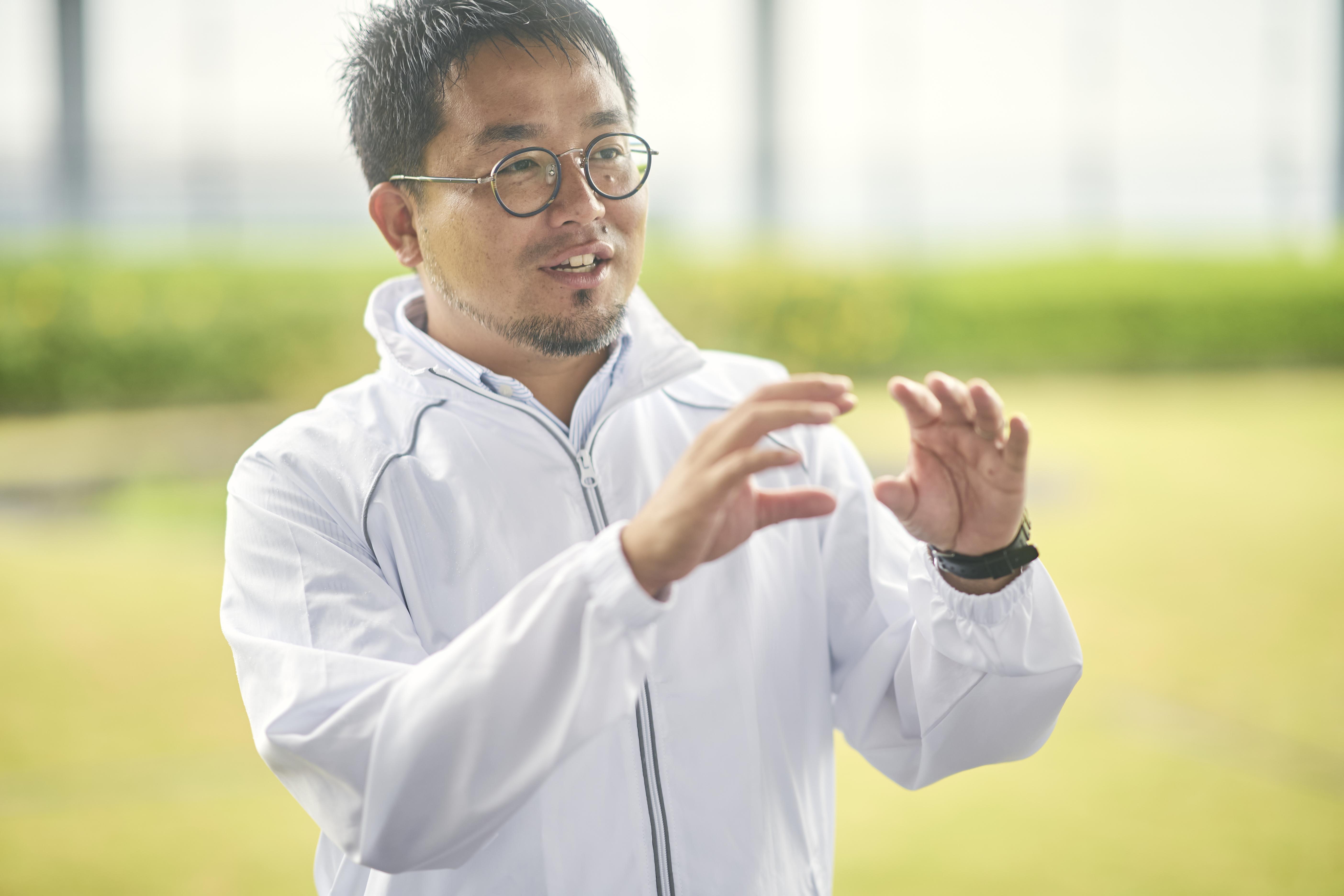
I had no personal experience designing hardware, having barely dabbled in drafting at university. But that was the point—I wanted the challenge of tackling something completely outside my expertise.
We just dove into it, learning about hardware design from members who worked in that field. This project we had planned and gotten excited about gradually took shape. I really enjoyed going through the year-long process.
Naturally, a team of novices building a world-first soccer robot was going to run into its share of trouble. Uncertainty set in among the members after buying the motors to start things off. What now?
Yosuke Matsumoto, Assistant Manager,
Electric Powertrain Control Function Development Div.
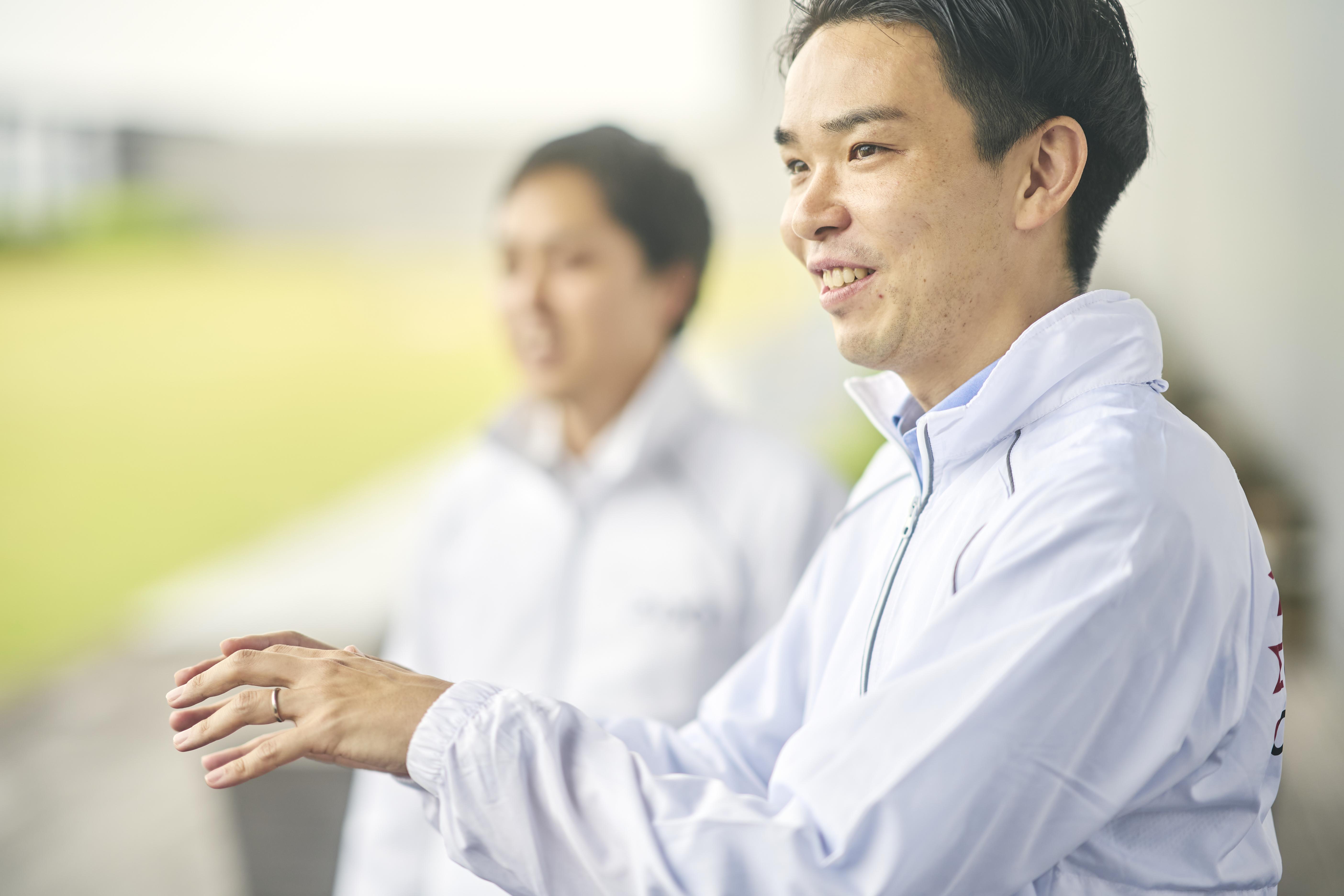
By that point, we had no choice but to go for it. We put our heads down and forged on, managing to get the first model completed early. When it produced speeds of 30 to 40 km/h, we began to think, “We can do this!” (laughs)
Yet simply moving the 18 motors in unison at full speed did not make for a powerful shot. The team decided to gather data from human players to figure out what goes into a good kick.
Soccer ball in hand, the developers headed to a nearby park.

